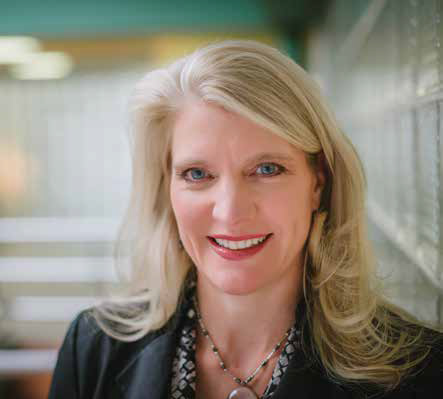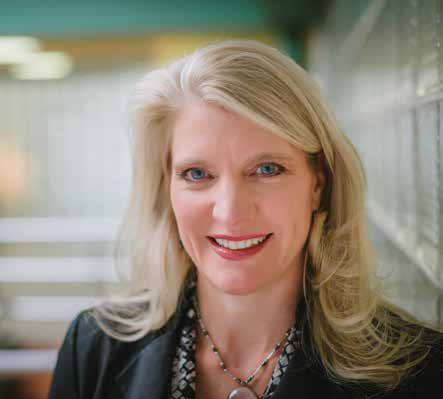Victaulic is one of those companies that you cannot help but to admire. With an eye to its history as a producer of mechanical pipe joining solutions, and a focus on innovation, the company, whose main HQ is in Easton, PA, has expanded to 28 branches worldwide. With more than 1,800 active global patents, Victaulic piping solutions are at work in more than 125 countries, in diverse vertical sectors such as oil and gas, chemical, mining, power generation, water, and wastewater treatment, military and marine. Technology is a large part of Victaulic’s story, helping its 3,600 international employees connect, collaborate, and conduct quality control. We asked Wendi Sorum, Victaulic’s director of IT, to share her insights, specifically regarding AV/IT convergence and managing complex deployments as a company grows.

Wendi Sorum, Director of ITAV Technology: How is AV/IT convergence playing out in your facility?
Wendi Sorum: With the ever-increasing sophistication of AV technology and options, IT is playing a more central role in the selection, implementation, and support of AV solutions.
What AV/IT problems have you solved recently?
Wendi Sorum: Victaulic recently completely refurbished its Corporate Board Room, and also built an offsite location to include an Executive Board Room—both of which required AV solutions. The business defined the AV requirements, while IT scoped out technical requirements and solution selection. The equipment and services implemented included flat screen TVs, projectors, video input switching, wireless video connectivity, microphones, phone system integration, and high definition video conferencing.
Working with our Procurement group, we negotiated and secured what we believe to be the best available offerings. In addition to these complex implementations, we have implemented solutions in smaller venues (i.e., conference rooms and offices of senior management), to include the use of television monitors. AV solution requests have been on the rise, and in the last year, completely owned by IT.
What types of new technology or products do you want to learn more about for your teams?
Wendi Sorum: We don’t yet have a satisfactory solution to remote/wireless access to mounted television monitors for offices and small conference rooms. The solutions in the marketplace we have investigated have either been cost-prohibitive (and unlikely to demonstrate an ROI for us), or unsecure with poor performance (such as video latency). As a result, except for in the Board Room setups, our AV users are, by and large, wired.
What AV/IT do you hope to buy in the near future?
Wendi Sorum: Very soon, the company will be breaking ground on a “Customer Experience Center” which will require advanced AV to support a positive and complete immersion and learning experience, for customers and employees alike.
Where are technology manufacturers getting it wrong or missing opportunities?
Wendi Sorum: They are making it too complicated for the end-users. Users want solutions that are intuitive and straightforward. They don’t want to have to be trained on AV technology in order to operate and fully leverage the equipment.
Additionally, tech manufacturers are not operating according to any standards, despite their claims. The only way to ensure video conferencing collaboration across multiple platforms is to engage with a cloud service that can manage bridging the disparate systems for you.
What is the biggest obstacle to collaboration? What are your collaboration strategies?
Wendi Sorum: From a hardware standpoint, because we are still tethered (via hard-wired connections), it’s not convenient for users (in an office or small conference room), to readily pass the baton from presenter to presenter. Also, in our most advanced instances, the hardware and software required to operate is manifold and requires a whole new level of expertise to effectively and fully manage, that we either need to outsource or (in time, perhaps) in-source.
Also, users and IT are looking for solutions that don’t require additional layers of technology, and that “play well” with our existing solutions and services (WebEx, Office 365/Lync), and that will allow for the use of different devices (laptops, iPads, tablets).

